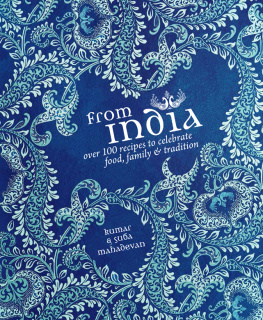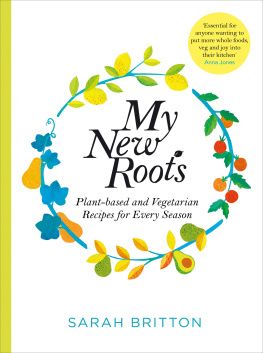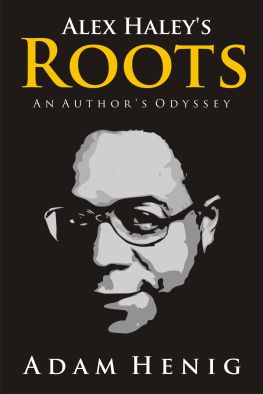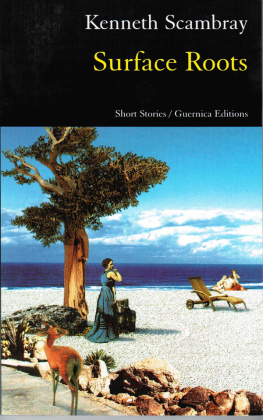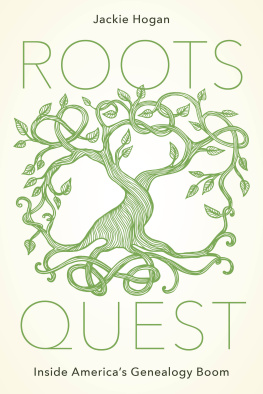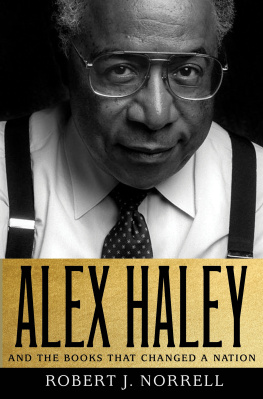

A condensed version of a portion of this work first appeared in Readers Digest Association. Copyright renewed 2002 by Myran Haley, Cynthia Haley, Lydia Haley and William Haley.
Copyright 1974 by Alex Haley. Copyright renewed 2004 by Myran Haley, Cynthia Haley, Lydia Haley and William Haley.
Alex Haley on the writing of Roots. Reprinted by permission from Readers Digest.
Special contents of this edition Copyright 2007 The Roots Venture, c/o IPW LLC, 2049 Century Park East, Suite 2720, Los Angeles, CA 90067.
First Vanguard edition 2007
First Da Capo Press edition 2014
All rights reserved. No part of this publication may be reproduced, stored in a retrieval system, or transmitted, in any form or by any means, electronic, mechanical, photocopying, recording, or otherwise, without the prior written permission of the publisher. Printed in the United States of America. For information, address Da Capo Press, 44 Farnsworth Street, 3rd Floor, Boston, MA 02210.
Designed by Brent Wilcox
Set in 11.25 point Adobe Caslon
Cataloging-in-Publication data for this book is available from the Library of Congress.
ISBN: 978-0-306-82486-9 (e-book)
Published by Da Capo Press
A Member of the Perseus Books Group
www.dacapopress.com
Da Capo Press books are available at special discounts for bulk purchases in the U.S. by corporations, institutions, and other organizations. For more information, please contact the Special Markets Department at the Perseus Books Group, 2300 Chestnut Street, Suite 200, Philadelphia, PA 19103, or call (800) 810-4145, ext. 5000, or e-mail .
10 9 8 7 6 5 4 3 2 1
It wasnt planned that Roots researching and writing finally would take twelve years. Just by chance it is being published in the Bicentennial Year of the United States. So I dedicate Roots as a birthday offering to my country within which most of Roots happened.
Table of Contents
Guide
CONTENTS
I owe deep gratitude to so many people for their help with Roots that pages would be required simply to list them all. The following are pre-eminent:
George Sims, my lifelong friend from our Henning, Tennessee, boyhood, is a master researcher who often traveled with me, sharing both the physical and emotional adventures. His dedicated combing through volumes by the hundreds, and other kinds of documents by the thousandsparticularly in the U. S. Library of Congress and the U. S. National Archivessupplied much of the historical and cultural material that I have woven around the lives of the people in this book.
Murray Fisher had been my editor for years at Playboy magazine when I solicited his clinical expertise to help me structure this book from a seeming impassable maze of researched materials. After we had established Roots pattern of chapters, next the story line was developed, which he then shepherded throughout. Finally, in the books pressurized completion phase, he even drafted some of Roots scenes, and his brilliant editing pen steadily tightened the books great length.
The Africa section of this book exists in its detail only because at a crucial time Mrs. DeWitt Wallace and the editors of the Readers Digest shared and supported my intense wish to explore if my maternal familys treasured oral history might possibly be documented back into Africa where all black Americans began.
Nor would this book exist in its fullness without the help of those scores of dedicated librarians and archivists in some fifty-seven different repositories of information on three continents. I found that if a librarian or archivist becomes excited with your own fervor of research, they can turn into sleuths to aid your quests.
I owe a great debt to Paul R. Reynolds, doyen of literary agentswhose client I have the pleasure to beand to Doubleday Senior Editors Lisa Drew and Ken McCormick, all of whom have patiently shared and salved my frustrations across the years of producing Roots.
Finally, I acknowledge immense debt to the griots of Africawhere today it is rightly said that when a griot dies, it is as if a library has burned to the ground. The griots symbolize how all human ancestry goes back to some place, and some time, where there was no writing. Then, the memories and the mouths of ancient elders was the only way that early histories of mankind got passed along... for all of us today to know who we are.
By Michael Eric Dyson
From the very beginning, Alex Haleys Roots counted as much more than a mere book. It tapped deeply into the black American hunger for an African ancestral home that had been savaged by centuries of slavery and racial dislocation. More than the sum of its historical and literary partssome of which have been rigorously criticized and debunkedHaleys quest for his roots changed the way black folk thought about themselves and how white America viewed them. No longer were we genealogical nomads with little hope of learning the names and identities of the people from whose loins and culture we sprang. Haley wrote black folk into the book of American heritage and gave us the confidence to believe that we could find our forebears even as he shared his own. Kunta and Kizzyand Chicken George toobecame members of our black American family. Thats why no flaw or shortcoming in Haleys tome could dim the brilliant light he shed on the black soul. Haleys monumental achievement helped convince the nation that the black story is the American story. He also made it clear that black humanity is a shining beacon that miraculously endured slaverys brutal horrors.
I was a seventeen-year-old boarding school student when Haleys comet of a book hit the nations racial landscape. It immediately changed the course of our conversations around school and provided a powerful lens onto a period of history that few of us really understood. Until Haleys book, there was little public grappling with the drama of American slavery. Of course, the epochal television miniseries that grew from Haleys text seized us in its thrilling exploration of chattel slaverys vast and vicious evolution. The book and miniseries also sparked the phenomenon of black self-discovery. For too long, slavery had been an American terror that left the lives of black folk scarred by memories of pain and humiliation. Haleys book brought black folk out of the shadows of shame and ignorance. It also spurred many of us for the first time to speak openly and honestly about the lingering effects of centuries-old oppression. If the black freedom struggle of the 60s had liberated our bodies from the haunting imperatives of white supremacy, Haleys book helped free our minds and spirits from that same force.
Roots also prodded white America to reject the racial amnesia that fed its moral immaturity and its racial irresponsibility. As long as there was no book or image that captured slaverys disfiguring reach, the nation could conduct its business as if all racial problems had been solved when it finally bestowed civil rights on its black citizens. But Haley helped us to resist that seductive lie with a tonic splash of colorful truth: that the nation had yet to successfully negotiate its perilous ties to an institution that built white prosperity while crushing black opportunity.






